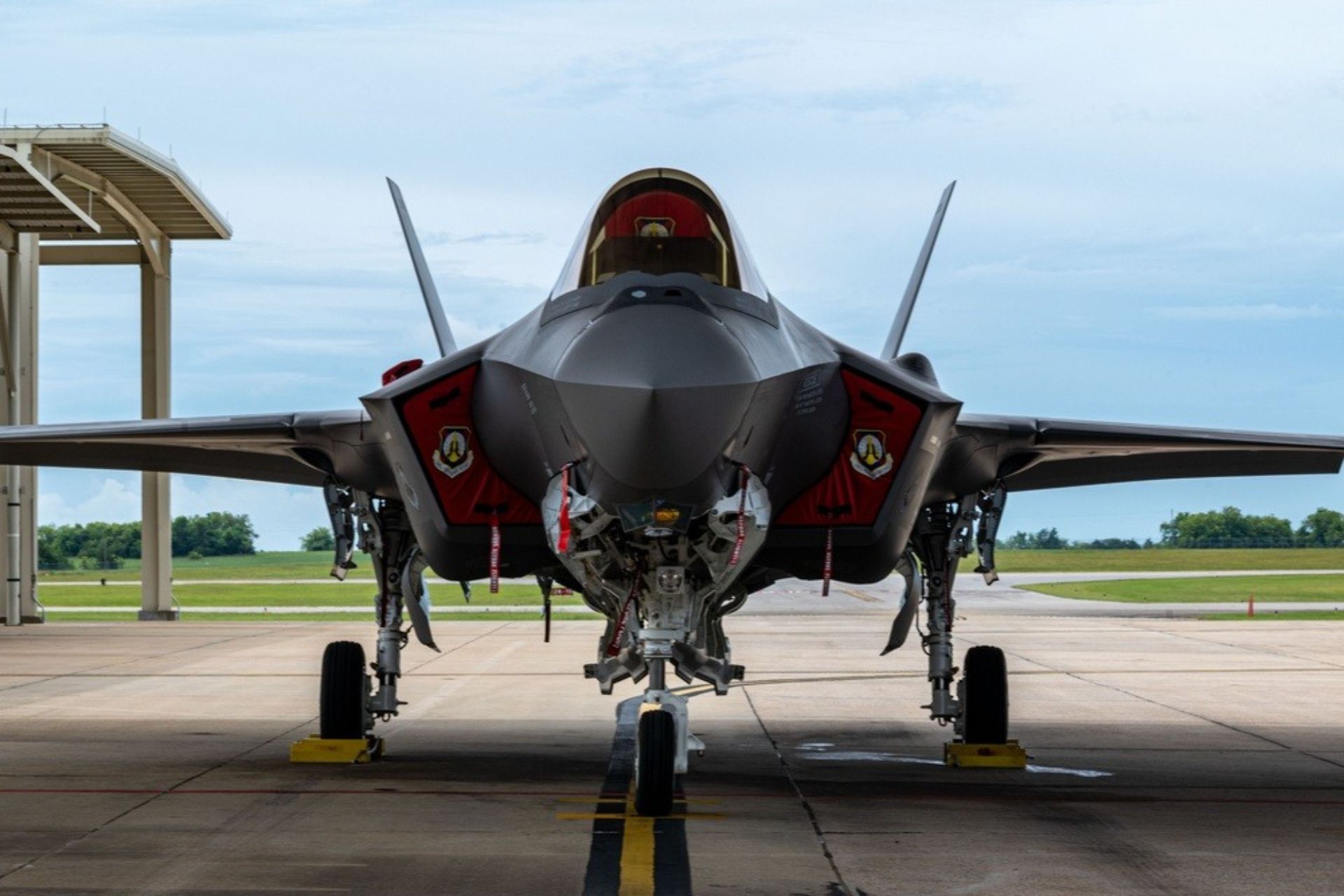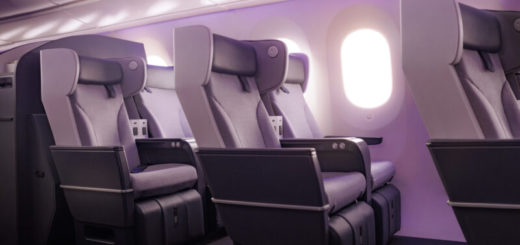Lockheed Martin Delivers First F-35 with TR-3 Technology to U.S. Air Force

{loadposition bannertop}
{loadposition sidebarpub}
The U.S. State Department announced the arrival of the very first F-35 equipped with the latest Technology Refresh 3 (TR-3) software, from Fort Worth, Texas, to Dannelly Field, Alabama, on July 19, 2024. This arrival surprised military officials who had not expected any new jets until the end of the year. The timing proved ideal for maximizing training sessions, enhancing pilot proficiency and efficiency, and providing valuable hands-on experience for technicians.Follow Army Recognition on Google News at this link
An F-35A Lightning II assigned to the 187th Fighter Wing parked on the flight line at Dannelly Field, Ala. on July 19. 2024. (Picture source: US DoD)
In the coming months, the 187th Fighter Wing will complete two major support facilities for the F-35, including a supply building and a simulator building. This unit will continue to prepare, train, and equip mission-ready airmen optimized for great power competition.Lockheed Martin has started delivering F-35s configured with TR-3, marking a crucial step in enhancing operational capabilities. The TR-3 configuration includes advancements in computing power, memory, and sensors, significantly improving the F-35’s performance and enabling new software capabilities. This upgrade is part of the continuous improvement strategy for the F-35 program, ensuring the aircraft remains at the forefront of military aviation technology.The F-35 Lightning II is a family of single-engine, stealth multirole fighters developed by Lockheed Martin. Production began in 2006, and the aircraft entered service in 2015. Recent reports indicate that over 800 F-35s are in service globally, operated by the U.S. military and various international partners. The F-35 comes in three variants: the F-35A (conventional takeoff and landing), the F-35B (short takeoff and vertical landing), and the F-35C (carrier-based).The F-35 is designed for a wide range of missions, including air superiority, ground attack, and intelligence, surveillance, and reconnaissance (ISR). It features advanced stealth capabilities, an integrated sensor suite, and network-centric warfare capabilities. The sophisticated avionics and sensor fusion provide pilots with unparalleled situational awareness. Additionally, the F-35 can carry a variety of advanced weapons, making it a versatile asset in modern combat scenarios.These improvements are expected to significantly boost the operational readiness and combat capabilities of the U.S. military, ensuring it remains equipped to address emerging threats and challenges. The F-35 program continues to be a cornerstone of the U.S. military’s air combat strategy, and the integration of TR-3 technology represents a significant leap forward in maintaining air superiority.

{loadposition bannertop}
{loadposition sidebarpub}
The U.S. State Department announced the arrival of the very first F-35 equipped with the latest Technology Refresh 3 (TR-3) software, from Fort Worth, Texas, to Dannelly Field, Alabama, on July 19, 2024. This arrival surprised military officials who had not expected any new jets until the end of the year. The timing proved ideal for maximizing training sessions, enhancing pilot proficiency and efficiency, and providing valuable hands-on experience for technicians.
Follow Army Recognition on Google News at this link
An F-35A Lightning II assigned to the 187th Fighter Wing parked on the flight line at Dannelly Field, Ala. on July 19. 2024. (Picture source: US DoD)
In the coming months, the 187th Fighter Wing will complete two major support facilities for the F-35, including a supply building and a simulator building. This unit will continue to prepare, train, and equip mission-ready airmen optimized for great power competition.
Lockheed Martin has started delivering F-35s configured with TR-3, marking a crucial step in enhancing operational capabilities. The TR-3 configuration includes advancements in computing power, memory, and sensors, significantly improving the F-35’s performance and enabling new software capabilities. This upgrade is part of the continuous improvement strategy for the F-35 program, ensuring the aircraft remains at the forefront of military aviation technology.
The F-35 Lightning II is a family of single-engine, stealth multirole fighters developed by Lockheed Martin. Production began in 2006, and the aircraft entered service in 2015. Recent reports indicate that over 800 F-35s are in service globally, operated by the U.S. military and various international partners. The F-35 comes in three variants: the F-35A (conventional takeoff and landing), the F-35B (short takeoff and vertical landing), and the F-35C (carrier-based).
The F-35 is designed for a wide range of missions, including air superiority, ground attack, and intelligence, surveillance, and reconnaissance (ISR). It features advanced stealth capabilities, an integrated sensor suite, and network-centric warfare capabilities. The sophisticated avionics and sensor fusion provide pilots with unparalleled situational awareness. Additionally, the F-35 can carry a variety of advanced weapons, making it a versatile asset in modern combat scenarios.
These improvements are expected to significantly boost the operational readiness and combat capabilities of the U.S. military, ensuring it remains equipped to address emerging threats and challenges. The F-35 program continues to be a cornerstone of the U.S. military’s air combat strategy, and the integration of TR-3 technology represents a significant leap forward in maintaining air superiority.






